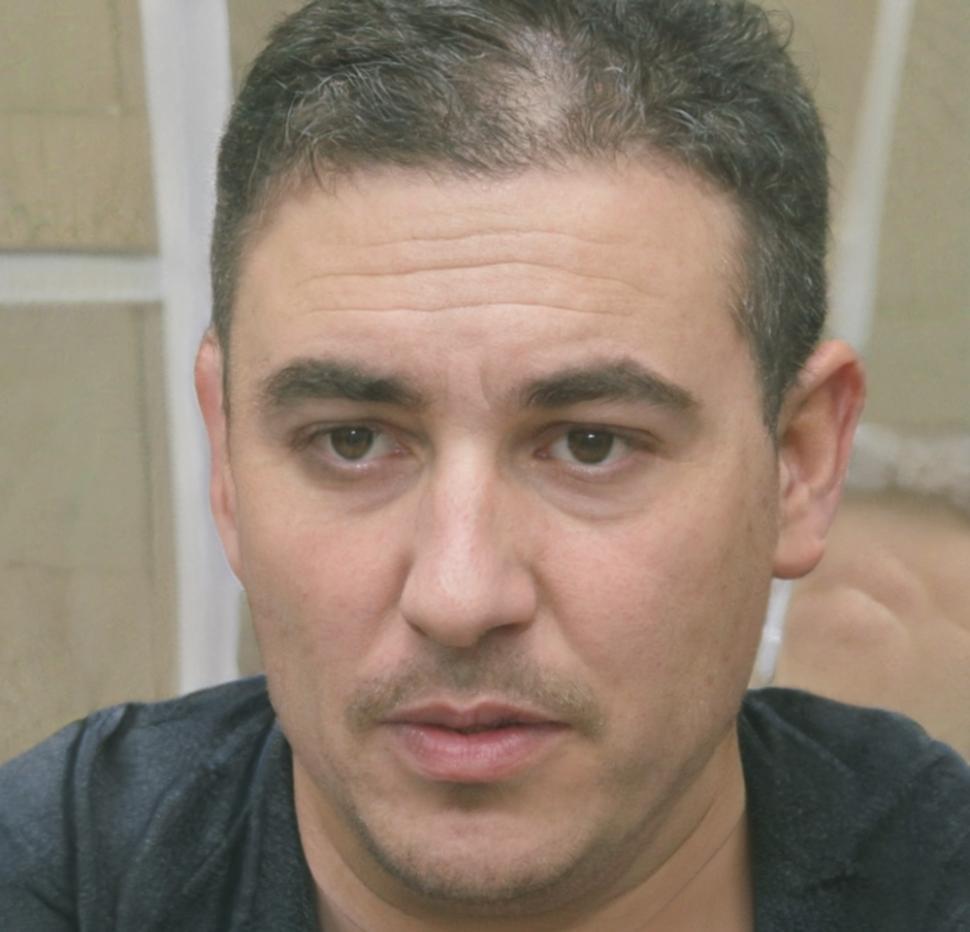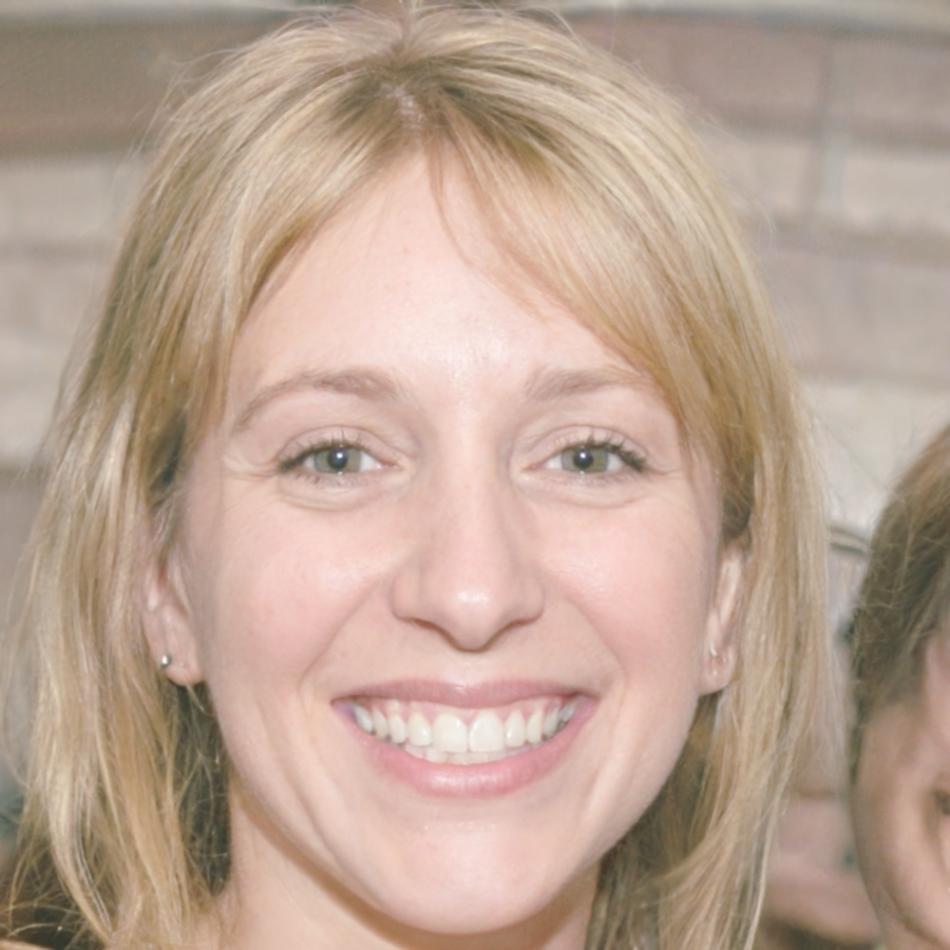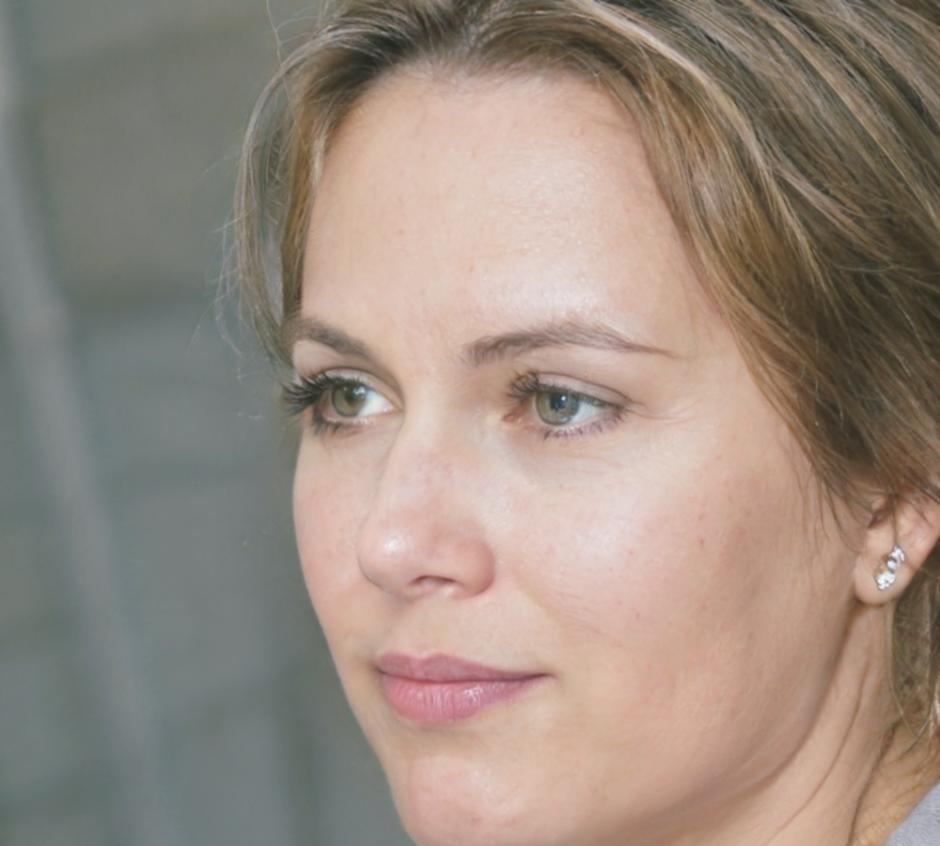Budget Contingency Planning Program
Learn practical financial management strategies that help businesses maintain stability during unexpected market shifts and economic uncertainty.
Start Your Learning JourneyYour Learning Path Questions
We organized common questions by the stage you're at. Most people wonder about similar things at each point in their journey.
Before Enrollment
- What background do I need to start this program?
- How much time should I set aside each week?
- Can I balance this with my current work schedule?
- What software or tools will I need access to?
- Will this cover budgeting methods I can use right away?
During Program
- How do I apply these concepts to my specific industry?
- What if I fall behind on the coursework schedule?
- Can I get feedback on my budget planning exercises?
- Are there practice scenarios based on real business situations?
- How do I connect with other participants for discussion?
After Completion
- Will I have continued access to course materials?
- Can I revisit specific modules when I need them?
- How do I stay updated on new budgeting approaches?
- Is there a community for ongoing support?
- What advanced topics can I explore next?
Common Obstacles and How We Address Them
Every participant faces similar challenges. We've seen these patterns enough times to develop practical solutions that actually work.

Understanding Complex Financial Terms
Financial jargon can feel overwhelming. Terms like variance analysis, liquidity ratios, and cash flow projections aren't part of everyday conversation.
Applying Theory to Your Specific Situation
Generic examples don't always match your business reality. You need methods that work for your industry, size, and market conditions.
Finding Time for Consistent Progress
Most participants are working professionals. Fitting education into an already full schedule creates genuine stress.
Real Projects We've Analyzed

Retail Store Emergency Fund Strategy
A small clothing retailer in Varna faced unexpected supplier price increases in early 2024. Without a contingency fund, they had to make rushed decisions that affected inventory quality. We walked through their situation to identify early warning signs they could have noticed three months earlier.
- Setting aside 8% of monthly revenue created breathing room
- Simple tracking spreadsheets revealed patterns in supplier timing
- Monthly review meetings caught issues before they became urgent
- Documentation helped them negotiate better terms with banks

Service Company Seasonal Planning
A consulting firm discovered their revenue dropped 40% every August when clients took vacation. This predictable pattern still caught them unprepared each year. The owner, Luka, shared his budget documents with us to figure out how to smooth out those gaps.
- Historical data from three years revealed clear patterns
- Building reserves during high months covered slow periods
- Adjusting payment terms gave more consistent cash flow
- Planning six months ahead reduced stress significantly
Who Teaches This Program

Viktor Stoyanov
Budget Planning FundamentalsViktor spent twelve years helping small businesses in Plovdiv manage their finances. He knows what works for companies with limited resources because he's been there himself.

Elena Dimitrova
Scenario Planning MethodsElena worked with manufacturing companies throughout the 2020 disruptions. She developed practical approaches when theoretical models didn't match reality.

Nadya Petrova
Financial ForecastingNadya specializes in helping service businesses predict their financial needs. She creates forecasting templates that don't require advanced spreadsheet skills.

Georgi Ivanov
Implementation StrategiesGeorgi focuses on turning planning into action. He works with participants to create systems they'll actually use after the program ends.